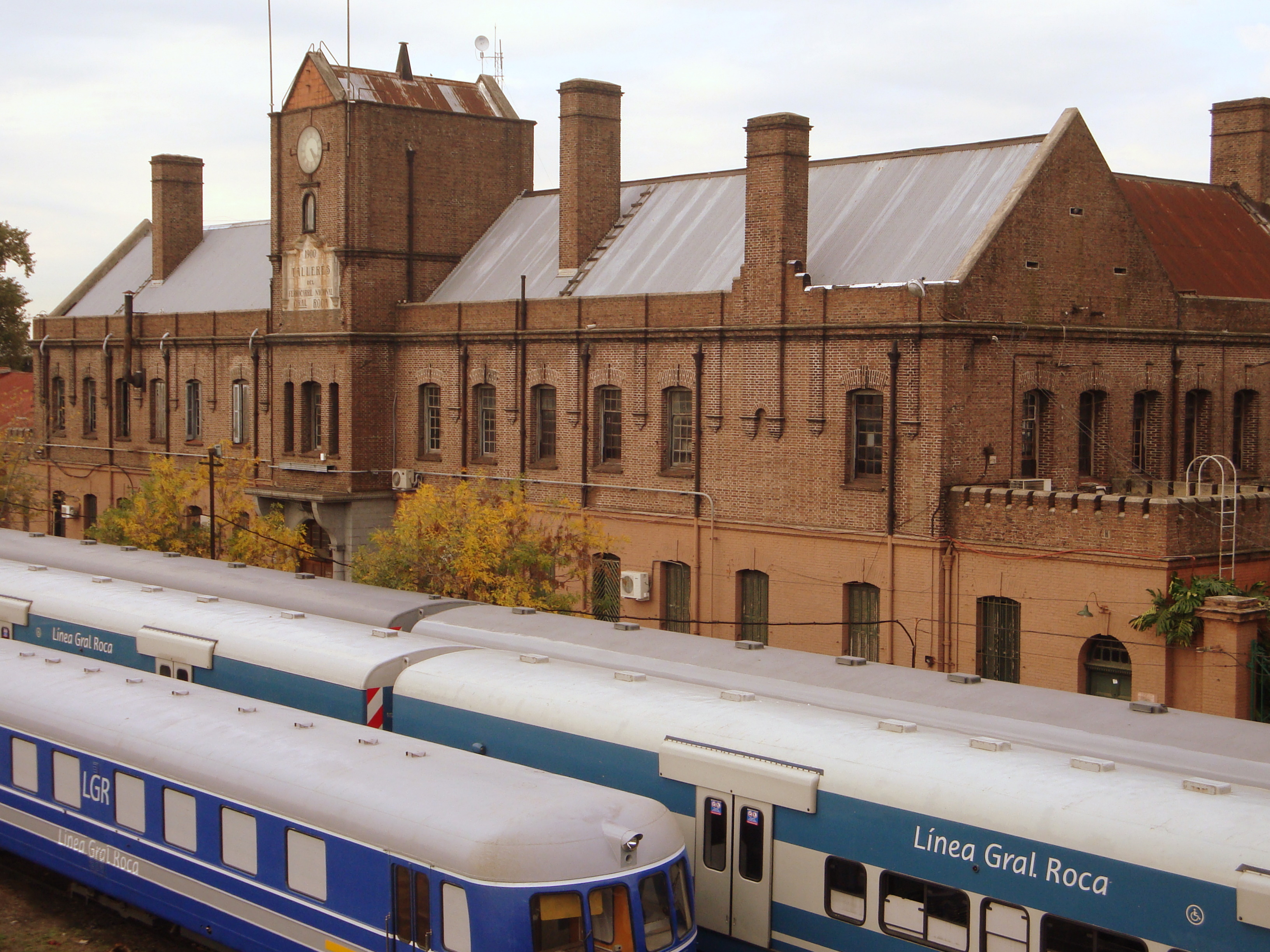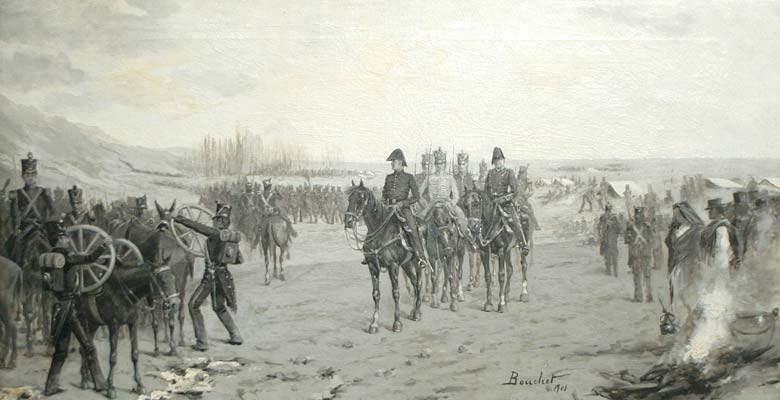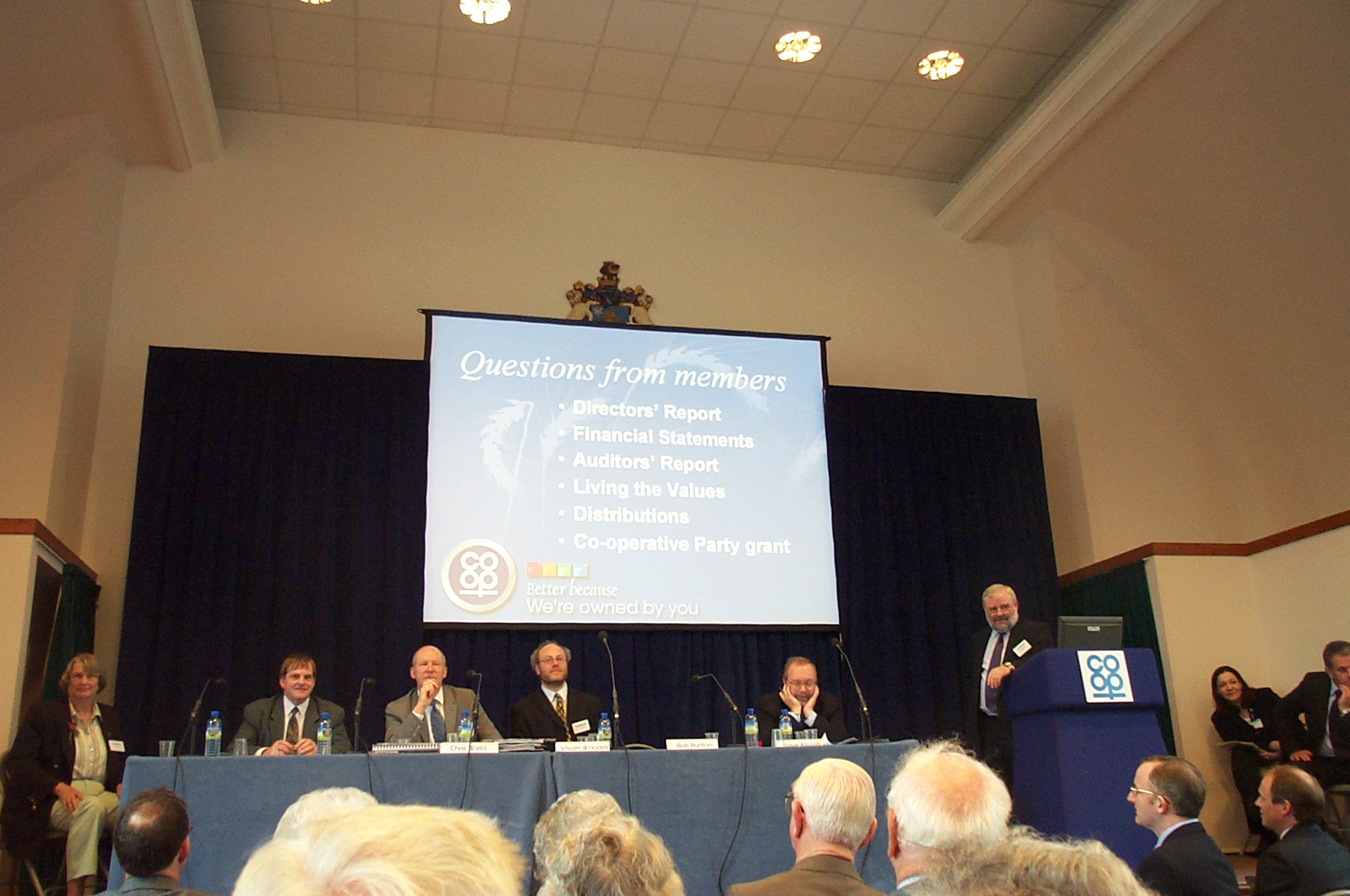|
Remedios De Escalada
Remedios de Escalada is a city located in Buenos Aires Province, Argentina, within Lanús Partido, Gran Buenos Aires. It covers an area of 9.95 km2 and the population was 81,465 in 2001; the demonym for its inhabitants is "escaladense." History The town was first established by Agustín Eguren as ''Edén Argentino'' ("Argentine Eden"), a bedroom community, in 1873. Its population remained in the few hundreds until, in 1890, the Buenos Aires Great Southern Railway inaugurated a rail yard in the adjoining Villa Galíndez, to the east; ''La Fraternidad'', one of Argentina's first and oldest trade unions, was founded by workers at the site in 1887. Further such installations opened by Eliseo Ramírez and the Ramírez de Lafuente family in 1901 made the area a prime rail operations hub, and the Great Southern inaugurated its first commuter station there in 1902. The Club Atlético Talleres de Remedios de Escalada, the town's first football club, was established in 1906, a ... [...More Info...] [...Related Items...] OR: [Wikipedia] [Google] [Baidu] |
List Of Cities In Argentina
This is a list of city, cities in Argentina. List of Argentine cities Over 150,000 inhabitants 45,000 to 150,000 inhabitants This is a list of the localities of Argentina of 45,000 to 150,000 inhabitants ordered by amount of population according to the data of the 2001 INDEC Census. * San Nicolás de los Arroyos (Buenos Aires) 133,602 * San Rafael, Mendoza, San Rafael (Mendoza) 104,782 * Rafael Castillo, Buenos Aires, Rafael Castillo (Buenos Aires) 103,992 * Trelew (Chubut) 103,305 * Santa Rosa, La Pampa, Santa Rosa (La Pampa) 101,987 * Tandil (Buenos Aires) 101,010 * Villa Mercedes, San Luis, Villa Mercedes (San Luis) 97,000 * Puerto Madryn (Chubut) 93,995 * Morón (Buenos Aires) 92,725 * Virrey del Pino (Buenos Aires) 90,382 * Caseros, Buenos Aires, Caseros (Buenos Aires) 90,313 * San Carlos de Bariloche (Río Negro) 90,000 * Maipú, Mendoza, Maipú (Mendoza) 89,433 * Zárate, Buenos Aires Province, Zárate (Buenos Aires) 86,686 * Burzaco (Buenos Aires) 86,113 ... [...More Info...] [...Related Items...] OR: [Wikipedia] [Google] [Baidu] |
Club Atlético Talleres De Remedios De Escalada
Club Atlético Talleres, usually called Talleres de Remedios de Escalada, is an Argentine sports club sited in the Remedios de Escalada district of Lanús Partido, Greater Buenos Aires. The club is mostly known for its football team, which currently plays in the Primera Nacional, the second division of the Argentine football league system. The club also has a women's football section. Apart from football, a wide range of sports are practised at the club, some of them are artistic gymnastics, basketball, boxing, field hockey, futsal, handball, roller skating, taekwondo, tennis, volleyball, and yoga. History The club was founded on 1 June 1906 with the name "Talleres United Football Club", being formed by the joining of two teams, Los Talleres and General Paz. The selection of the name followed an Argentine tradition of giving football teams English names, such as Boca Juniors, River Plate, All Boys, Newell's Old Boys, Racing Club, Chacarita Juniors, Argentinos Juniors and Chaco F ... [...More Info...] [...Related Items...] OR: [Wikipedia] [Google] [Baidu] |
Buenos Aires
Buenos Aires, controlled by the government of the Autonomous City of Buenos Aires, is the Capital city, capital and largest city of Argentina. It is located on the southwest of the Río de la Plata. Buenos Aires is classified as an Alpha− global city, according to the Globalization and World Cities Research Network, GaWC 2024 ranking. The city proper has a population of 3.1 million and its urban area 16.7 million, making it the List of metropolitan areas, twentieth largest metropolitan area in the world. It is known for its preserved eclecticism, eclectic European #Architecture, architecture and rich culture, cultural life. It is a multiculturalism, multicultural city that is home to multiple ethnic and religious groups, contributing to its culture as well as to the dialect spoken in the city and in some other parts of the country. This is because since the 19th century, the city, and the country in general, has been a major recipient of millions of Immigration to Argentina, im ... [...More Info...] [...Related Items...] OR: [Wikipedia] [Google] [Baidu] |
Villa Riachuelo
Villa Riachuelo is a ''barrio'' or neighborhood of Buenos Aires, Argentina. Located at the southernmost end of the city, Villa Riachuelo is bordered by the ''barrios'' of Villa Lugano to the north and Villa Soldati to the northeast, the Buenos Aires Province Buenos Aires, officially the Buenos Aires Province, is the largest and most populous Provinces of Argentina, Argentine province. It takes its name from the city of Buenos Aires, the capital of the country, which used to be part of the province an ... localities of Villa Fiorito and Lanús Oeste to the southeast and Ciudad Madero to the southwest. It is home to the Autódromo Juan y Oscar Gálvez, home of the Argentine Grand Prix until 1998, and the which crosses the Riachuelo River. References External links Villa Riachuelo {{coord, 34, 42, S, 58, 28, W, display=title, region:AR_type:city_source:GNS-enwiki Neighbourhoods of Buenos Aires ... [...More Info...] [...Related Items...] OR: [Wikipedia] [Google] [Baidu] |
Avenida General Paz
Avenida General Paz (official name Ruta Nacional A001 - National Route A001) is a beltway freeway surrounding the city of Buenos Aires. Roughly following the boundary between the city and Buenos Aires Province, it is one of the few motorways in Argentina that is toll-free. It carries three lanes of traffic in each direction during most of its length, and five lanes between the Pan-American Highway and the Río de la Plata. There are feeder roads in both directions and there are service areas along its length, usually with a gas station and fast food restaurants. The route was the first highway in Argentina, built between 1937 and 1941 with a cost of m$n 24 million, and officially inaugurated on July 5, 1941.La avenida General Paz on Buenos Aires Historia History [...More Info...] [...Related Items...] OR: [Wikipedia] [Google] [Baidu] |
José De San Martín
José Francisco de San Martín y Matorras (; 25 February 177817 August 1850), nicknamed "the Liberator of Argentina, Chile and Peru", was an Argentine general and the primary leader of the southern and central parts of South America's successful struggle for independence from the Spanish Empire who served as the Protector of Peru. Born in Yapeyú, Corrientes, in modern-day Argentina, he left the Viceroyalty of the Río de la Plata at the early age of seven to study in Málaga, Spain. In 1808, after taking part in the Peninsular War against France, San Martín contacted South American supporters of independence from Spain in London. In 1812, he set sail for Buenos Aires and offered his services to the United Provinces of the Río de la Plata, present-day Argentina and other countries. After the Battle of San Lorenzo and time commanding the Army of the North during 1814, he organized a plan to defeat the Spanish forces that menaced the United Provinces from the north, us ... [...More Info...] [...Related Items...] OR: [Wikipedia] [Google] [Baidu] |
Argentine War Of Independence
The Argentine War of Independence () was a secessionist civil war (until 1816) fought from 1810 to 1818 by Argentine patriotic forces under Manuel Belgrano, Juan José Castelli, Martín Miguel de Güemes, Martin Miguel de Guemes and José de San Martín against Royalist (Spanish American Revolution), royalist forces loyal to the Spanish Empire, Spanish crown. On July 9, 1816, an Congress of Tucumán, assembly met in San Miguel de Tucumán, Argentine Declaration of Independence, declaring independence with provisions for a Constitution of Argentina, national constitution. Background The territory of modern Argentina was part of the Spanish Viceroyalty of the Río de la Plata, with its capital city in Buenos Aires, seat of government of the Spanish viceroy. Modern Uruguay, Paraguay and Bolivia were also part of the viceroyalty, and began their push for autonomy during the conflict, becoming independent State (polity), states afterwards. The vast area of the territory and slow ... [...More Info...] [...Related Items...] OR: [Wikipedia] [Google] [Baidu] |
María De Los Remedios De Escalada
María de los Remedios de Escalada y La Quintana (November 20, 1797 – August 3, 1823), commonly known as Remedios de Escalada, was the wife of the leader of the Argentine War of Independence, General José de San Martín. Life and times She was born in Buenos Aires in 1797 to Tomasa de la Quintana y Aoiz and Antonio José de Escalada, members of the local gentry. The Escaladas were prominent in local commerce, and became supporters of the May Revolution of 1810, hosting numerous clandestine meetings before and after the events that led to the dissolution of the Viceroyalty of the Río de la Plata (a part of the Spanish Empire). During this interim, she met José de San Martín, one of several generals from the Peninsular War who had recently moved to Buenos Aires. Most historians consider that they developed a love at first sight; however, the aristocratic stature of the Escalada, the social customs of the time and San Martín's own political agenda would suggest instead th ... [...More Info...] [...Related Items...] OR: [Wikipedia] [Google] [Baidu] |
Roman Catholic
The Catholic Church (), also known as the Roman Catholic Church, is the largest Christian church, with 1.27 to 1.41 billion baptized Catholics worldwide as of 2025. It is among the world's oldest and largest international institutions and has played a prominent role in the history and development of Western civilization. O'Collins, p. v (preface). The church consists of 24 ''sui iuris'' (autonomous) churches, including the Latin Church and 23 Eastern Catholic Churches, which comprise almost 3,500 dioceses and eparchies around the world, each overseen by one or more bishops. The pope, who is the bishop of Rome, is the chief pastor of the church. The core beliefs of Catholicism are found in the Nicene Creed. The Catholic Church teaches that it is the one, holy, catholic and apostolic church founded by Jesus Christ in his Great Commission, that its bishops are the successors of Christ's apostles, and that the pope is the successor of Saint Peter, upo ... [...More Info...] [...Related Items...] OR: [Wikipedia] [Google] [Baidu] |
Yellow Union
A company or "yellow" union is a worker organization which is dominated or unduly influenced by an employer and is therefore not an independent trade union. Company unions are contrary to international labour law (see ILO Convention 98, Article 2). They were outlawed in the United States by the 1935 National Labor Relations Act §8(a)(2), due to their use as agents for interference with independent unions. However, company unions persist in many countries. Some labour organizations are accused by rival unions of behaving as "company unions" if they are seen as having too close or congenial a relationship with the employer or with business associations, and even if they may be formally recognized in their respective jurisdictions as ''bona fide'' trade unions, they are usually rejected as such by regional and national trade union centres. In a study of one such organisation, this form of company union was observed to rarely or never strike, exert relatively little energy in resolv ... [...More Info...] [...Related Items...] OR: [Wikipedia] [Google] [Baidu] |
Cooperative
A cooperative (also known as co-operative, coöperative, co-op, or coop) is "an autonomy, autonomous association of persons united voluntarily to meet their common economic, social and cultural needs and aspirations through a jointly owned and democratically-controlled wikt:Enterprise, enterprise". Cooperatives are democratically controlled by their members, with each member having one vote in electing the board of directors. They differ from Collective farming, collectives in that they are generally built from the bottom-up, rather than the top-down. Cooperatives may include: * Worker cooperatives: businesses owned and managed by the people who work there * Consumer cooperatives: businesses owned and managed by the people who consume goods and/or services provided by the cooperative * Producer cooperatives: businesses where producers pool their output for their common benefit ** e.g. Agricultural cooperatives * Purchasing cooperatives where members pool their purchasing power ... [...More Info...] [...Related Items...] OR: [Wikipedia] [Google] [Baidu] |
Metalworks
Metalworking is the process of shaping and reshaping metals in order to create useful objects, parts, assemblies, and large scale structures. As a term, it covers a wide and diverse range of processes, skills, and tools for producing objects on every scale: from huge ships, buildings, and bridges, down to precise engine parts and delicate jewellery. The historical roots of metalworking predate recorded history; its use spans cultures, civilizations and millennia. It has evolved from shaping soft, native metals like gold with simple hand tools, through the smelting of ores and hot forging of harder metals like iron, up to and including highly technical modern processes such as machining and welding. It has been used as an industry, a driver of trade, individual hobbies, and in the creation of art; it can be regarded as both a science and a craft. Modern metalworking processes, though diverse and specialized, can be categorized into one of three broad areas known as forming, cuttin ... [...More Info...] [...Related Items...] OR: [Wikipedia] [Google] [Baidu] |









